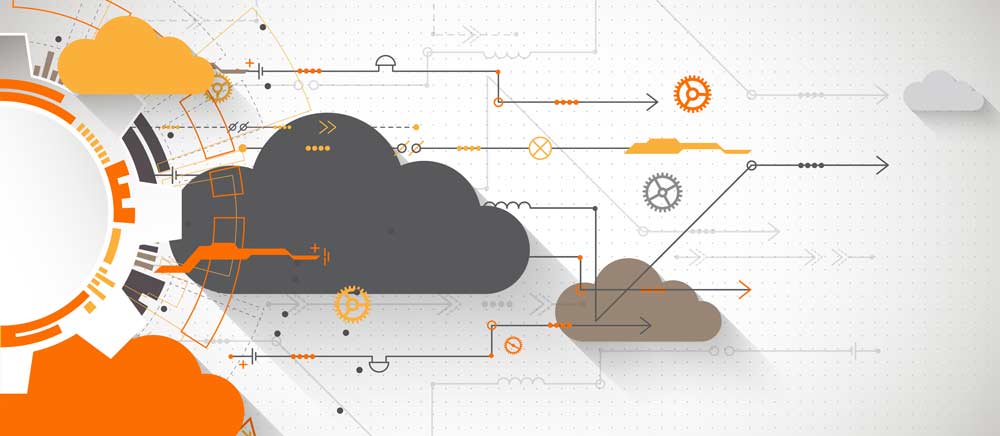When the cloud becomes an integration issue


It's not a question of if, but rather how: the majority of companies, analysts and IT providers firmly believe in the cloud as the technical catalyst for moving their corporate processes to the cloud in the medium term. In Germany, too, a good proportion of companies have already started operating in the cloud.
Hybrid cloud better reflects the business
Companies usually start by evaluating certain cloud services. Based on this experience, they then usually know more specifically which data could also migrate to the cloud in other areas of the company.
This approach is thus often the basis for the emergence of hybrid scenarios and a general opening towards cloud concepts. On the one hand, companies want to benefit directly from the economic advantages of the cloud, such as greater agility, faster time-to-market and greater scalability.
On the other hand, they cannot switch off the grown, cumbersome system structures operated from their own data center overnight. The major software manufacturers have also realized this in the meantime.
At CeBIT, SAP Germany CEO Daniel Holz recently announced that the company intends to continue developing the on-premise world up to and including 2025. For despite all the enticing calls from the providers for increased productivity through solutions from the cloud, the purely economic consideration only solves part of the task when moving to the cloud.
Key factor integration performance
Those who use SharePoint Online as a cloud collaboration platform, for example, do benefit from greater flexibility and the cost advantages of the "short-term sizing" of this solution. But:
"When 12,000 users share many project lists and documents through the platform during their core working hours, it comes with a heavy load"
knows Alexander Umek, Managing Partner at SAP management consultancy Fuchs Senior Advisors.
But what about when additional data from the SAP ERP system is needed within the collaboration workflow? If, for example, you need an interface between the SharePoint list and the SAP table? Does everything remain as fast and dynamic here? Not quite.
"If a data transfer is to be established between the business data from the proprietary ERP system and the project team working through SharePoint Online, it first becomes more complex"
says Peter Wohlfarth, authorized signatory of the Stuttgart-based software specialist Theobald Software.
If SAP data has to be made immediately available for access from the Microsoft cloud, companies usually make do by building an interface that performs precisely this transfer.
"If different applications are to talk to each other, an integration service must always be provided"
Alexander Umek also knows from his consulting practice.
And that primarily means additional effort, which could be multiplied by the connectivity between all systems running on premise and in the cloud. First, IT needs to understand the exact use case and workflow, and then consider what data it needs or what databases it needs to access.
So in the case of data transfer between SAP ERP and SharePoint Online, it should be able to assess exactly where the required data is located in the SAP model and how it could be made dynamically available for collaboration.
However, this increasingly important integration service is often and willingly suppressed by cloud providers in their external communications. For Peter Wohlfarth, there is no question about one reason for this:
"Only very few have really marketable solutions for this at the start."
Precisely because in the end every IT still has to assemble its own hybrid deployment scenario, his company has specialized in missing system connections between the stationary and virtual software worlds of SAP and Microsoft.
Integration instance Enterprise IT
The constellations of data integrations between systems and platforms are becoming increasingly individual. And each solution has its strengths and weaknesses. For example, Microsoft Azure has different advantages than AWS or S/4.
Depending on their application needs, companies require different services and, consequently, different applications that have to be supported. And since the product portfolio of many providers is not yet congruent with business practice, the integration front has to help out a lot.
"Enterprise IT needs to rethink and see itself more as an integrator"
Wohlfarth demands.
After all, the implementation of a hybrid scenario such as SAP ERP with SharePoint Online depends decisively on its added value for the business. And this becomes visible in a flash when collaborating via the cloud.






